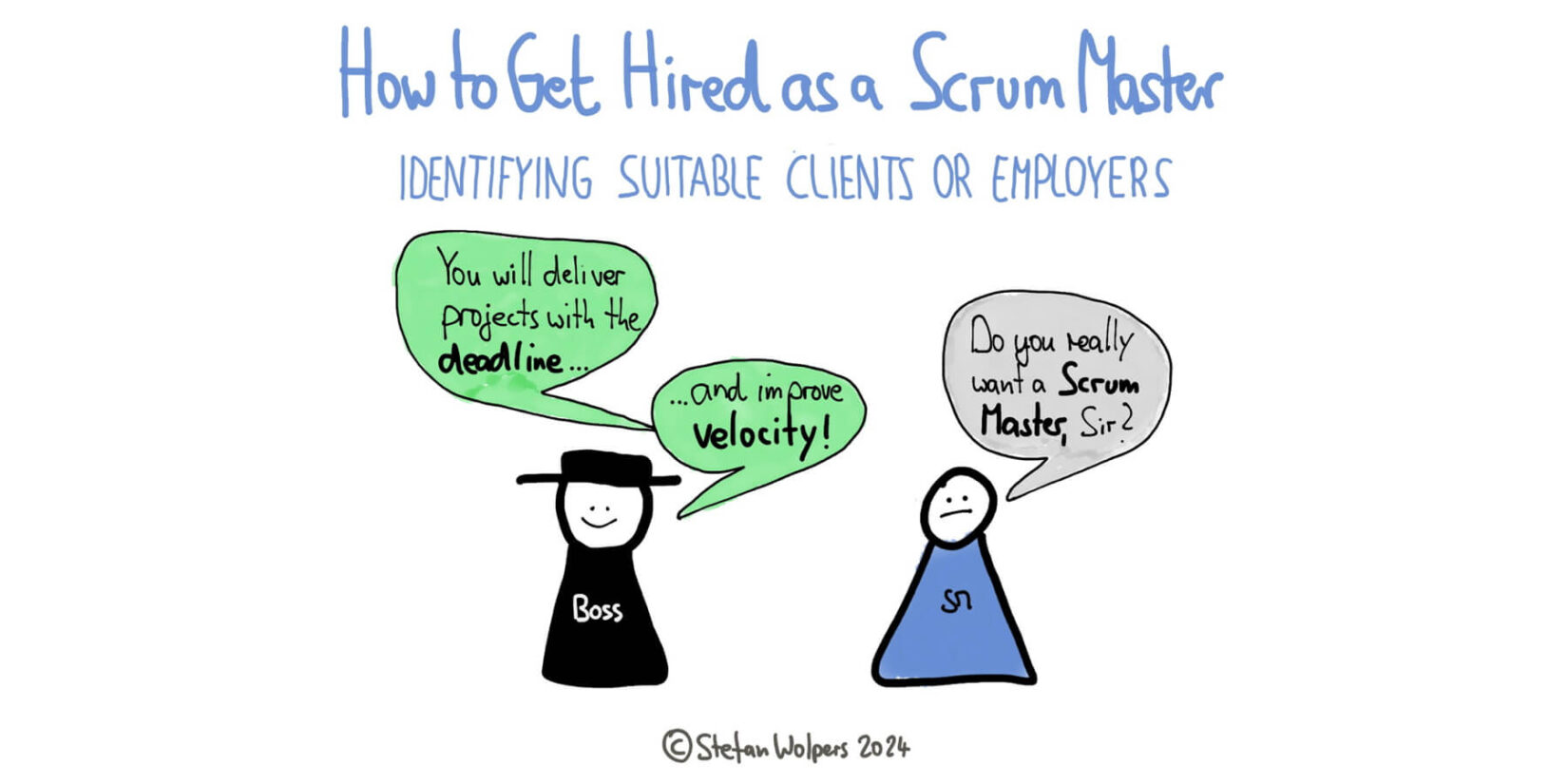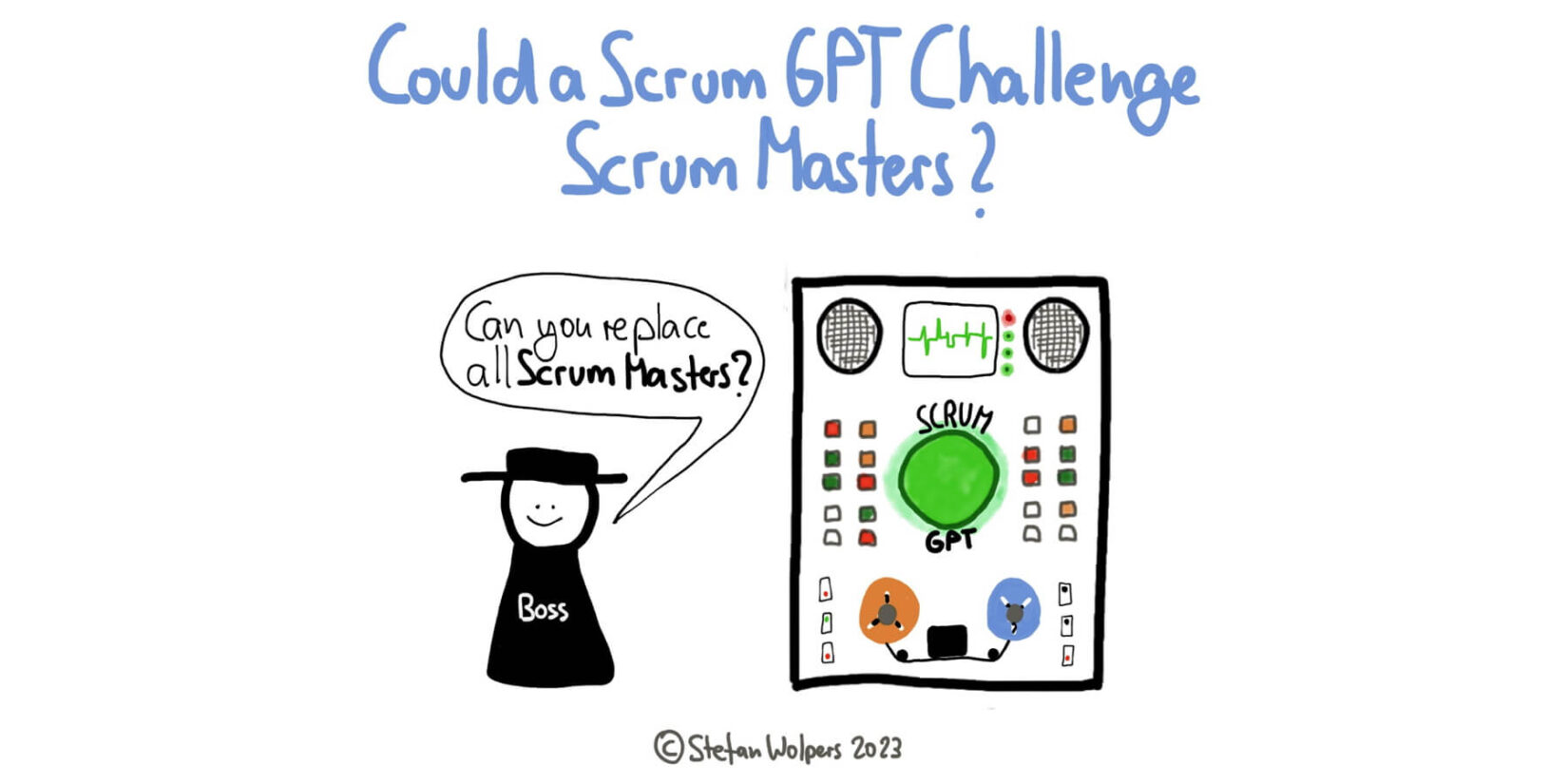TL; DR: Product Management 2024 Report — Food for Agile Thought #429
Welcome to the 429th edition of the Food for Agile Thought newsletter, shared with 42,168 peers. This week, we delve into ProductPlan’s Product Management 2024 Report, unveiling evolving trends in strategic focus, measuring outcomes over outputs, aligning with customer feedback, standardizing Product Ops, and adopting AI with purpose. Tim Metz highlights the trend towards fluid, agile teams, enhancing flexibility but cautioning against the potential loss of team cohesion and burnout. The Agile Uprising podcast, featuring Chris Murman, Jay Hrcsko, and Andrew Leff, tackles “Gluttony” in agile transformation, urging a balance in work, personal growth, and relationships, and Takeshi Yoshida brings essential leadership skills for navigating the VUCA world to light, advocating for a diverse set of mental models for effective decision-making. Additionally, we explore how to get hired as a Scrum Master or Agile Coach.
Then, Peter Yang shares insights on the necessity for product managers to foster product sense, empathy, and creativity, and Melissa Suzuno recounts Sandrine Veillet’s methodical and challenging journey towards implementing continuous discovery at WebMD, underlining the critical role of stakeholder engagement and team education. Michael Goitein challenges the efficacy of prioritization frameworks in product management, proposing a focus on strategic clarity to ensure product initiatives resonate with company objectives and customer needs. Moreover, Andy Budd critiques the prevalent feature-driven development model, advocating for a user experience and outcomes-focused strategy to significantly enhance product value.
Lastly, Chris Matts critically examines Kanban’s shift from manufacturing to software, emphasizing the importance of practical application. We present a guide on Root Cause Analysis (RCA) in product management for addressing issues at their source for lasting improvements, and Cedric Chin shares insights on adopting Amazon’s Weekly Business Review (WBR), underscoring Statistical Process Control principles for smarter decision-making. Finally, Randall Munroe of xkcd combines humor with physics in a unique thought experiment about a baseball pitched at nearly the speed of light.







